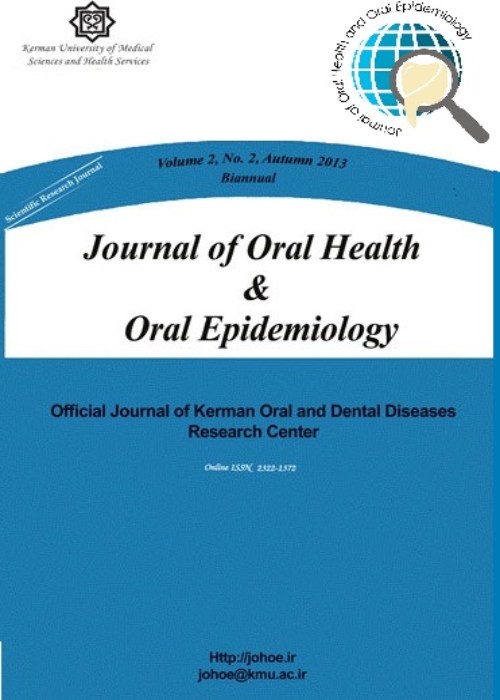What explains socioeconomic inequality in dental caries among school children in west of Iran? A Blinder-Oaxaca decomposition
Dental caries among children is considered as a main public health concern in most of the countries over world and its prevalence is widespread in low-income countries like Iran. The aim of this study was to measure socioeconomic-related inequality in poor decayed, missing, filled (DMF) index and identify the determinants among school children in west of Iran.
A survey was carried out among school children aged 12 to 15 years in Kermanshah City, Iran, in 2018, to collect data on dental caries, demographic characteristics, and socioeconomic status (SES). A total of 1457 students were included in the analysis of this cross-sectional study. Logistic regression analysis examined the association of poor DMF index with the socioeconomic and behavioral determinants. We used the relative index of inequality (RII) and the slope index of inequality (SII) to measure wealth-related inequality in poor DMF index. The Blinder-Oaxaca (BO) decomposition technique was also employed to identify the factors of the difference in poor DMF prevalence between the poorest and the richest groups.
The overall and age-adjusted prevalence of poor DMF index was 36.92% [95% confidence interval (CI): 34.48-39.43] and 37.32% (95% CI: 34.64-40.08), respectively. The SII and RII indicated that the poor DMF index was mainly prevalent among poorer children. The absolute gap (%) in the incidence of poor DMF index between children from the richest and the poorest groups was 22.50. The BO results showed that the most important factors affecting the difference in poor DMF index were mother’s education (18.23%), being girl (6.12%), and visit to dentist (2.93%).
There was a significant pro-rich distribution of poor DMF index among school children in the capital of Kermanshah Province. Interventions aimed at increasing mother’s education and good oral health behavior among poorer children could contribute to decline of the difference in poor DMF index between the highest and the lowest SES groups.
- حق عضویت دریافتی صرف حمایت از نشریات عضو و نگهداری، تکمیل و توسعه مگیران میشود.
- پرداخت حق اشتراک و دانلود مقالات اجازه بازنشر آن در سایر رسانههای چاپی و دیجیتال را به کاربر نمیدهد.


